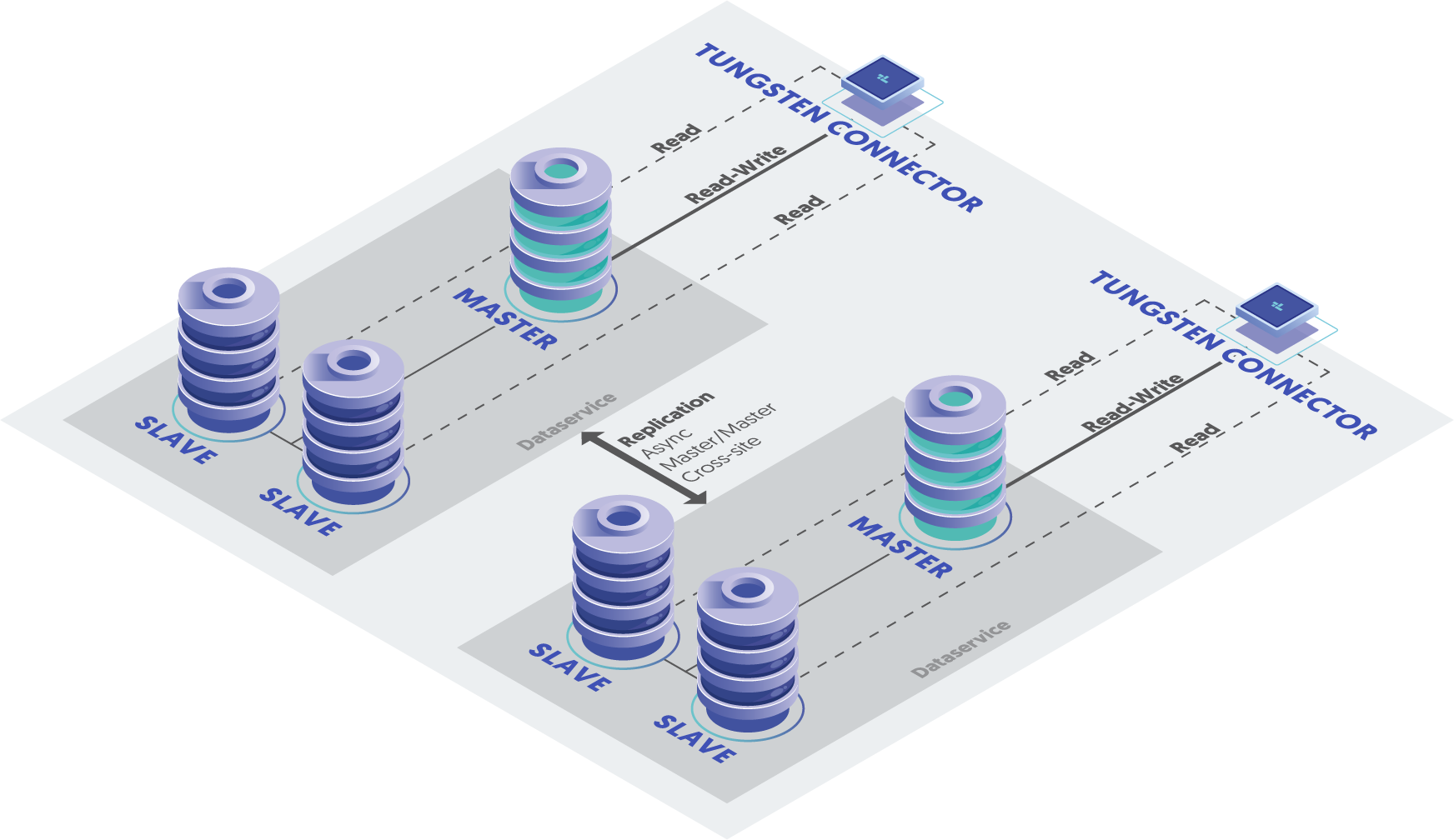This is our third ‘multi-primary MySQL’ blog in our Continuent MySQL Case Study series, with a focus on Telco providers. This blog concludes our multi-primary MySQL mini-series along with the following two blogs:
- Multi-primary MySQL for e-Commerce Sites
- Geo-distributed Multi-primary MySQL for Financial Services SaaS Providers
As per our initial multi-primary MySQL case study blog, multi-primary replication for MySQL typically means that a user can write to any primary node knowing that the write will be eventually consistent for all nodes in the cluster; unlike regular primary-replica MySQL replication, where writes have to be applied to the sole primary to ensure that it will be replicated to all the replicas. This adds redundancy and increases efficiency when dealing with accessing the data.
Multi-primary topologies can be used in different ways depending on the environment and needs. For example, an active/active topology (Composite Active-Active / CAA) can accept writes at every site, but may be configured to have writes sent to only one site, allowing the other site to behave as a passive, disaster recovery cluster. In the event of an issue, traffic would simply be rerouted at a global level to the other hot, writeable site as a disaster recovery solution. This means that while writes are being sent to only one cluster, the DR cluster is able to come online to accept write instantly.
This is in comparison to our classic Active/Passive clustering (Composite Active-Passive / CAP) model, where a single command is required to move the master role to a disaster recovery cluster. A major benefit to this CAA deployment model (and the classic active/passive CAP) is the lack of conflicts when writes are all being sent to a single cluster instead of more than one.
This way, the best of both worlds is achieved: instant failover and zero multi-primary-based conflicts.
The Multi-primary Telco Provider
The customer that this use case blog discusses is a Telco provider that specializes in roaming, i.e. complete connectivity solutions around the world. More specifically, they provide a cost-effective, and reliable way for travelers, in particular, to stay connected while traveling across the globe in 200+ countries and territories.

The Challenge
This customer needed multiple active sites due to the continuous expansion of their payment system, which processes payments worldwide. In addition, they wanted to leverage read/write splitting to distribute load within their MySQL cluster, without any modification to their application.
Before Continuent Tungsten Clustering, they were using Galera clusters, but understood they could not do geo-distributed multi-primary using Galera and synchronous replication.

The Solution
Topology: [Active/Active Tungsten Clustering topology – Three active Multi-primary MySQL clusters]
The solution this customer opted for involves Composite Tungsten Clustering deployed in three (3) geographically distributed sites, and 3 nodes in each site.
What this solution provides:
- 24x7 data access
- SQL load balancing
- Multiple cloud regions, and/or multiple datacenters
- Full HA support, including across cloud regions and/or datacenters
- Intelligent proxying and query redirection
- High-speed performance with very low latency
- Zero-downtime maintenance
The Benefits
Multi-primary, Availability, Disaster Recovery

About Tungsten Clustering
Tungsten Clustering allows enterprises running business-critical MySQL database applications to cost-effectively achieve continuous operations with commercial-grade high availability (HA), geographically redundant disaster recovery (DR) and global scaling.
To find out more, visit our Tungsten Clustering product page.

Comments
Add new comment